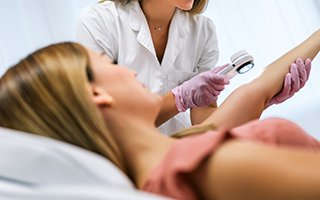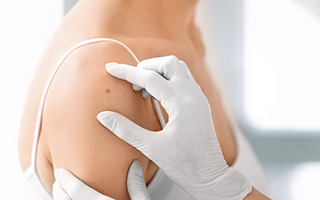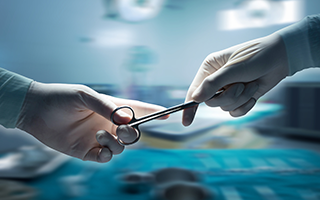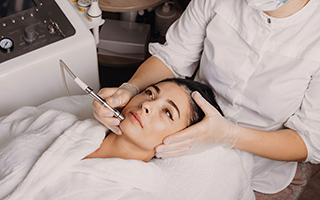Breast Reconstruction
Rebuild the Breast or Chest for Bryn Mawr, Newtown Square, Philadelphia, and the Main Line
- Home
- Plastic Surgery
- BREAST
- Breast Reconstruction
A breast cancer diagnosis and surgery for breast cancer can be incredibly overwhelming for patients and their loved ones. A full office consultation is imperative to understanding all of the options available for breast reconstruction and restoration after cancer surgery, but we hope the information below will be helpful to you in navigating this process. Both women and men born with congenital chest wall or breast deformities are candidates for chest and breast reconstruction in the Bryn Mawr, Newtown Square, and Philadelphia area.
Contact Cirillo Center for Plastic Surgery to learn more about breast reconstruction. Dr. Gowen will review your reconstruction options. Please BOOK ONLINE, call 610.672.0500, or Contact Us.
Breast Reconstruction Techniques
Most women who have had a mastectomy and are in otherwise good health are candidates for breast reconstruction. It is important for your cancer surgeon and plastic surgeon to communicate and work together to choose the breast reconstruction technique and timeline that allows you to achieve the best aesthetic result as well as eradicate your breast disease.
Breast reconstruction can be subdivided into two main categories: autologous (your own tissue) and prosthetic (with breast implants). Autologous breast reconstruction techniques include the microsurgical SIEA, DIEP, and TRAM flaps; latissimus dorsi flap; and oncoplastic breast reconstruction. Prosthetic reconstruction includes tissue expanders, breast implants (either silicone or saline), and sometimes ADM (acellular dermal matrix).
Prosthetic breast reconstruction, more commonly known as breast reconstruction with implants, is generally done in two stages. The first stage involves placing a tissue expander under the skin and muscle. The expander is gradually filled over the next three months until the optimal breast volume and shape is reached for that individual patient. At that time it is replaced with the final implant. The implant can be silicone or saline. Often times a sterile donor tissue called acellular dermal matrix (ADM) is placed at the time of the tissue expander for extra coverage.

Autologous reconstruction, or reconstruction using your own tissue, is most commonly done using tissue from your abdomen or back, and is preferred in patients who have a history of breast radiation, or who will need breast radiation. The DIEP (deep inferior epigastric perforator) flap, the SIEA (superficial inferior epigastric perforator) flap, and the MS-TRAM (muscle-sparing transverse rectus abdominis muscle) flap are all variations of using tissue from your lower abdomen to create a breast. The latissimus flap uses muscle and tissue from your upper back to create a breast. Often times this type of breast reconstruction is combined with an implant to add volume. If autologous reconstruction is a procedure that you are interested in, or you have had a history of previous breast implant infections or breast radiation, we can discuss which of these options would be most suitable for your situation.
Oncoplastic reconstruction is an option for patients who are candidates for a partial mastectomy, or “lumpectomy.” Oftentimes partial mastectomies will leave a patient with breasts unequal in size or that even appear distorted after radiation. Oncoplastic breast reconstruction involves performing a breast reduction or breast lift on the breast cancer side after the breast surgeon has completed a partial mastectomy, and then performing a breast reduction on the opposite side to match. This tends to leave patients who have had a large part of their breast removed more symmetric. In some cases, the breast reduction (or oncoplastic reconstruction) can be done the same day as the partial mastectomy; at times, however, both the breast and plastic surgeon may need to wait for the final pathology, in which case the oncoplastic portion of the surgery will take place two weeks later.
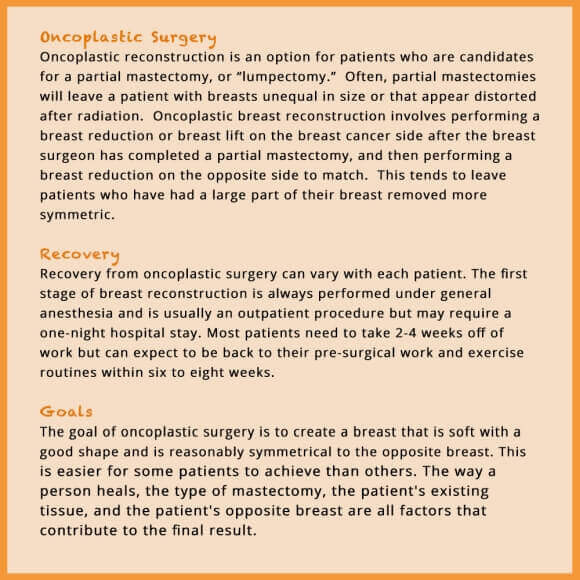

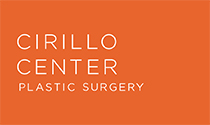
Meet Plastic Surgeon
Laura A. Gowen, M.D.
Board-certified and breast-fellowship trained plastic surgeon Laura A. Gowen, M.D., draws on her extensive experience and uses advanced techniques to create beautiful, natural results for both cosmetic and reconstructive surgery patients.

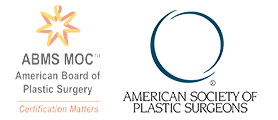
Breast Reconstruction Process and Timeline
Most women are candidates to undergo breast reconstruction at the same time as their mastectomy. Others are urged by their surgeons, either due to medical comorbidities or the stage of their cancer, to wait several months before undergoing reconstruction. Women who have had a mastectomy without reconstruction in the past, or a partial mastectomy that has left them with a breast deformity, also have the ability to undergo reconstruction months or years after their original surgery. Finally, women who have had a breast reconstruction in the past and are unhappy with the result, need some minor adjustments, or need to have their reconstruction completed with a nipple reconstruction are welcome to come in for a consultation.
For the majority of patients, reconstructive breast surgery will require two to three surgical procedures. The first and most involved procedure is the reconstruction of the breast mound or shape. The second procedure can involve further work on the breast shape or placement of the final implant in the case of prosthetic reconstruction. The second stage can also include any procedures needed to balance out the opposite breast, including a breast reduction, breast lift, or breast augmentation—if the original procedure did not involve both sides. Location of the nipple/areola complex is critical to breast appearance, and for this reason is usually saved until the third and final procedure, when both breasts are similar in size, shape, and position.
Breast Reconstruction Recovery and Expectations
Recovery from reconstructive breast surgery can vary with each patient and procedure. The first stage of breast reconstruction is always performed under general anesthesia and requires a one- to three-night hospital stay, depending on the type of reconstruction. Most patients need to take four weeks off of work, but can expect to be back to their pre-surgical work and exercise routines within six to eight weeks. The second and third stages of breast reconstruction are usually done as outpatient surgeries, and if only a nipple reconstruction can be done in the office under local anesthesia.
The goal of breast reconstruction surgery is to create a breast that is soft with a good shape and is reasonably symmetrical to the opposite breast. This is easier for some patients to achieve than others. The way a person heals, the type of mastectomy and reconstruction performed, the patient’s existing tissue, and the patient’s opposite breast are all factors that contribute to the final result.
Final Words on Breast Reconstruction for Bryn Mawr, Newtown Square, and Philadelphia
It is strongly recommended that any patient considering breast reconstruction or revision breast reconstruction seek a plastic surgeon who has specialized training and significant experience in the field. Dr. Laura Gowen trained at Georgetown University Hospital for six years under breast surgeons whose work in prosthetic and autologous breast reconstruction is internationally acclaimed. Following that, she completed a fellowship in breast reconstruction and aesthetic surgery at Mercy Hospital, where she performed more than 150 microsurgical breast reconstructions in one year, in addition to many prosthetic, oncoplastic, and revision breast reconstruction cases. Her extensive training, attention to detail, and personal approach can make this difficult process simpler.
Contact Cirillo Center for Plastic Surgery to learn more about breast reconstruction. Dr. Gowen will review your reconstruction options. Please BOOK ONLINE, call 610.672.0500, or Contact Us.




